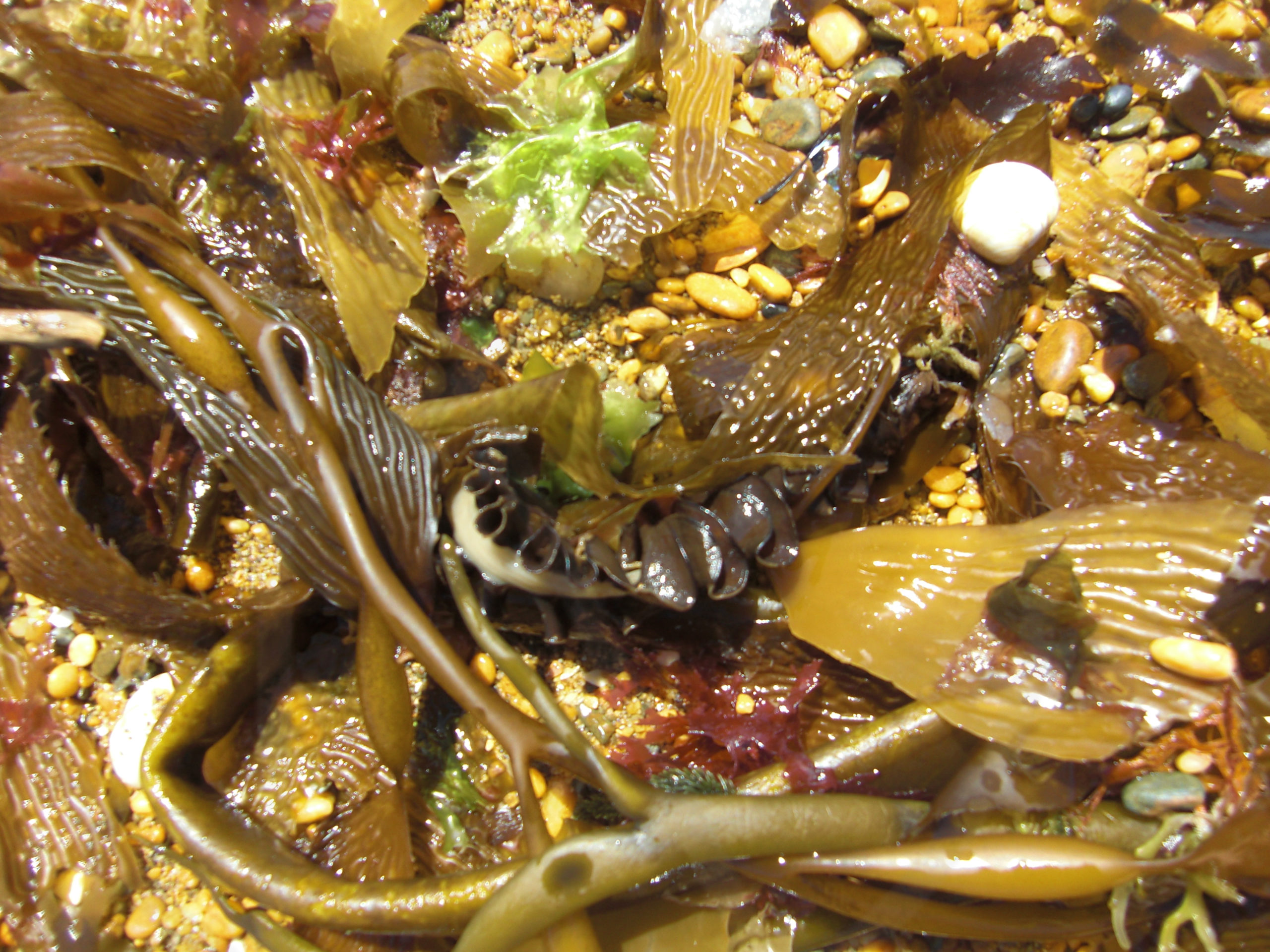Some guidelines:
- Always ask permission before foraging, if you are on private land.
- Do your research – In certain areas, plant species may be protected. Check the law before you forage. You might be able to join a foraging class with an expert which would be a good starting point. Don’t pick plants in conservation areas where there is a Department of the Environment, Heritage and Local Government notice that states you should not do so.
- Make sure you know exactly what you are looking for- it could be life threatening if you pick and eat the wrong mushrooms for example!
- Never pick protected species or cause permanent damage. Don’t break branches.
- Seaweed can only regenerate if it is cut leaving several inches on the plant, so that it can grow back again.
- Only pick what you need for personal use and pick from areas that have an abundant supply.
- Always leave at least half or more of the blossom, berries, flowers, seed heads, nuts , leaves , seaweeds on each plant and CUT don’t pull! It is best practice to pick wilting blossoms after cross pollination and pick just the petals not the fruit centre.
- Leave enough for wildlife as many animals rely on plants for survival, so never take more than you plan to eat as this could also deny wildlife from a valuable food source.
- Be mindful about wildlife habitats and avoid disturbing or damaging.
- Take care where you park, close all gates behind you and bring all your litter home with you.

